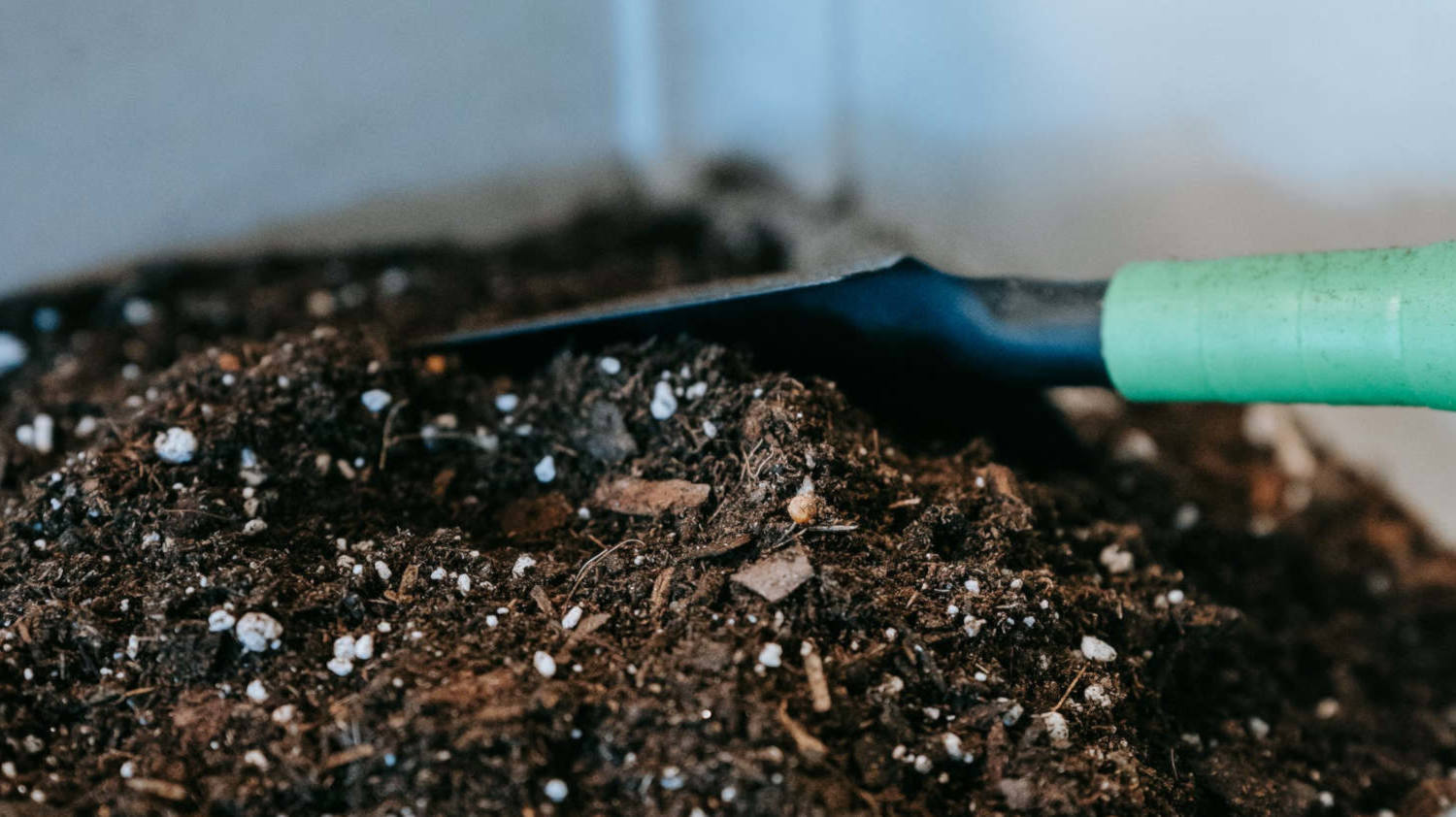Cactus Fertilizer
Gardeners often find themselves asking, “Do we really need to fertilize cacti?” Caring for cacti requires providing them with the right nutrients, and that’s where picking (or making) the perfect fertilizer comes in! This article will guide you through the basics of cactus fertilizers.
![desert blend soil [close up]](https://spikeandbloom.com/wp-content/uploads/2023/11/desert-blend-soil-close-up.jpg)
Generally, feeding cacti is best done once a year but it wouldn’t hurt to treat your plants and feed them 2-3 times a year, during the spring, summer, and fall. It is recommended to feed your cactus during they’re growing periods more than any other time of the year. Remember that overfeeding your cactus is nearly just as bad as overwatering. Being careful and learning how to use fertilizer, how many times they’re fed and how much fertilizer to use is key to keeping your cactus happy and healthy.

How to Use Cactus Fertilizer
Consider using low nitrogen fertilizer when feeding your cactus. A 5-10-10 blend, diluted with water, is optimal when feeding your plant. Apply this liquid form of a fertilizer and mix it into the soil of your cacti with some water until the mix is evenly wet. Remember to allow the soil to completely dry before watering your plant again.
Best Fertilizers for your Cactus
Below are a bunch of ways to make your own cactus fertilizer from natural sources in your neighborhood!

This type of fertilizer is a natural option that you can make yourself. If you are looking for a stronger mix for your first compost with a higher nitrogen content this is worth trying. It is best to mix this with animal feces, which is a good source of nitrogen. (careful)
It’s best to collect feces from pasture raised cows or manure made from horses and chickens that have been aged for quite some time. Any manure can be aged in a compost pile with wood chips of ground up leaves.
To create this type of liquid fertilizer, fill a sack with manure and have it soaking in around five gallons of water for twenty four to thirty six hours, or until the water turns into a golden-brown color. The liquid created from this mix is what you are going to use to feed your cacti. A rich fertilizer like this should be tested in small quantities and its effects on your cactus observed.
Note: I’ve done many stupid things to plants that have resulted in their death or near death! Also test new fertilizers in small quantities on a few plants and observe.
Vermicompost
Worm castings or worm manure are rich in humus, which improve soil aeration and help balance the high or low pH levels similar to coffee grounds. Vermicompost is rich in nutrients like nitrogen, phosphate, and potash.
Worm castings are also rich in magnesium, calcium, and carbon, among others. The minerals and nutrients found in this type of compost help prevent your cactus from absorbing toxic compounds found in heavy metals in the soil.
Bone Meal
Bone meal is a great way to properly dispose of leftover bones from animals. Remove any excess meat attached to the bones, boil them for about half an hour, and dry them in an oven until they become brittle enough to be crushed into powder. This type of compost is great when you want to give your cactus a good nutrient boost, but make sure not to overdo it and overfeed your plant.
Composting Yard Waste or Kitchen Waste

Composting waste found around your home can be a cost-effective and convenient way to create cactus fertilizer, saving the trouble of creating complicated mixes for your compost. Kitchen scraps that are nitrogen-rich like vegetable scraps, coffee grounds, and eggshells and carbon-rich scraps like dried leaves and shredded paper, are key components in creating compost from waste around your home.
This type of mixture takes around two to three months to decompose, requiring regular aeration. You can aerate this compost by shoveling and turning the pile two to three times a week during to help in its decomposition process
As always, go easy on the nitrogen sources, let your compost age. And test your fertilizer in small quantities with only a few plants at a time.
When it comes to fertilizing a cactus, less is more! Think of the environment these guys are supposed to be living in!


